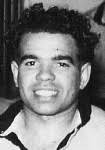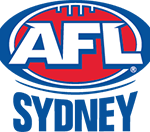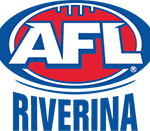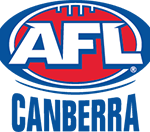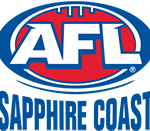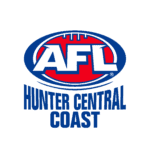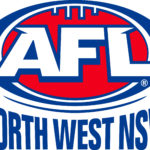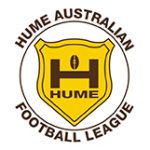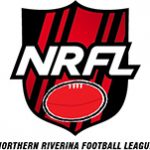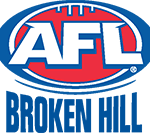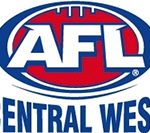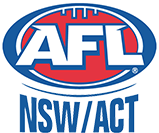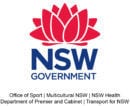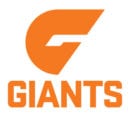Two Indigenous All Stars
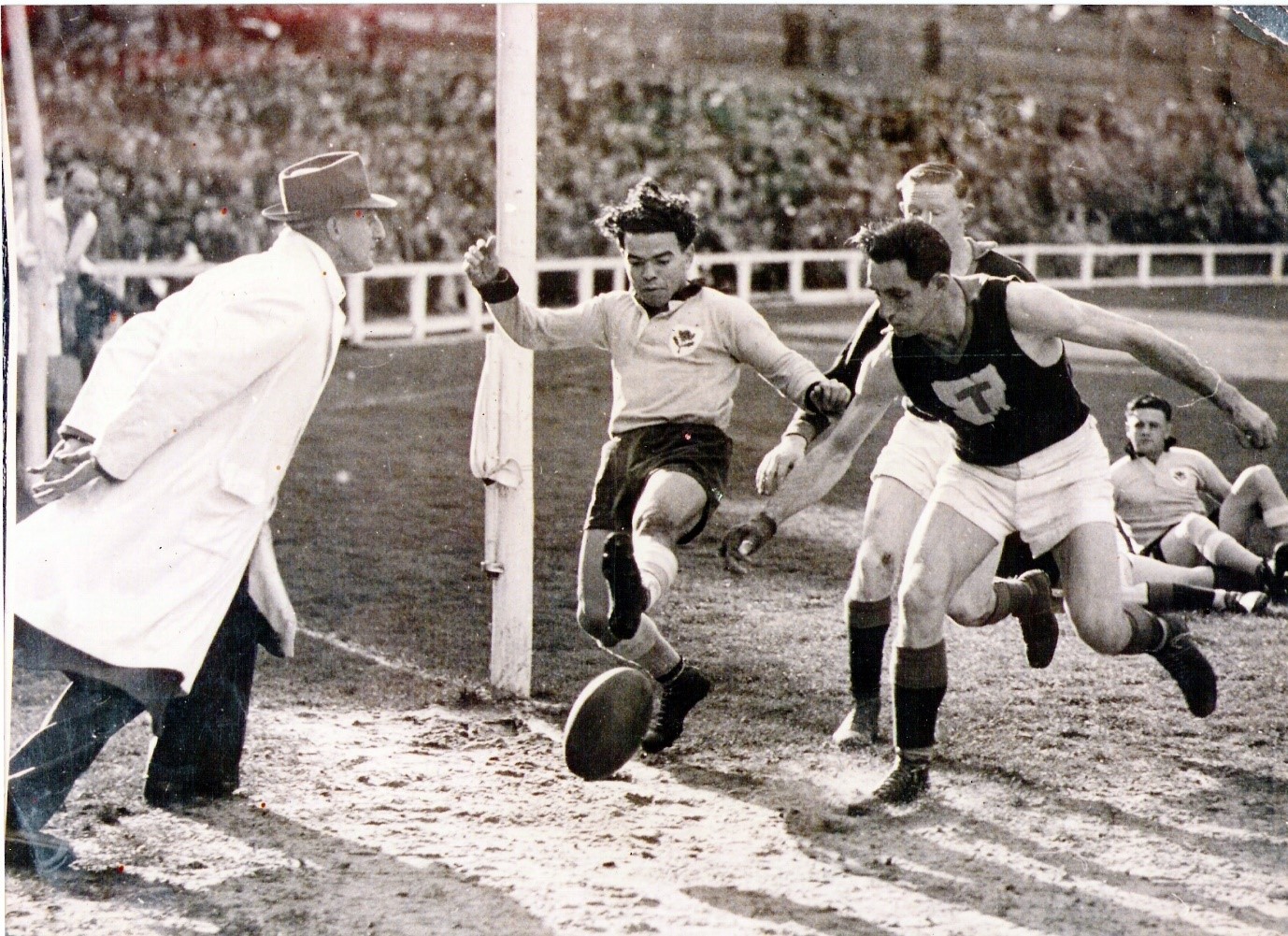
Sydney boasts two of the greatest indigenous players in history with Adam Goodes and Michael O’Loughlin. But long before they moved to the Swans there were another pair who were dazzling NSW footy fans with their skill, courage and athleticism.
Rod Gillett profiles the nominations of Sid Robins and “Ossie” Grose to the inaugural NSW Hall of Fame to celebrate 140 years of football in NSW.
Sid Robins is regarded as the Griffith Football Club’s best-ever local player and is the club’s record games holder with 317 appearances in a stellar career from 1963 to 1980.
He won the competition’s best and fairest award, the Gammage medal in 1972, and was a pivotal member of the Swans’ 1968 premiership triumph under goal-kicking machine “Gelignite” Ron O’Neill.
Sid won the club’s best and fairest award four times in succession, 1969-1972, during the most successful period for the Griffith club in the South West league.
Standing six feet tall he started as a winger but became the main-stay of the Griffith defence at centre half-back taking on the super stars of the competition such as ex St Kilda star Frank Hodgkin (Ganmain), Brownlow medalist Peter Box (Narrandera), locally-produced star Des Lyons (Leeton) and ex Fitzroy forward Vern Drake (Ariah Park-Mirrool coach).
He started his football with the Griffith schoolboys but went to play with Beelbangera-Yenda in 1962 under Bobby Spears in the Barellan League.
He returned to Griffith the next season and was to remain with the club until his retirement in 1980. Sid also represented the South West league on ten occasions in representative fixtures.
Part of folklore at Griffith are the club notes in the match program in 1973 after a big win over fierce local rival Whitton, “But the one goal that captured the imagination of the crowd was that of Sid Robins. Running 50 yards against a 30 knot breeze and with seven players hanging off him, he kicked the ball 100 yards for a goal – well done Sid.”
Sid Robins only ever kicked three goals for Griffith in his 317 club games.
At the club’s centenary function in 2014 he was named in the Griffith Swans ‘Team of the Century’ at centre half-back.

Source: https://www.swansonscreen.com/
John Mervyn “Ossie” Grose came to Sydney from Kempsey with his family and settled in Erskineville just around the corner from Erskineville Oval. He gained first grade selection with Newtown after a season in the Under 18s. He had not previously played Australian football.
A diminutive 5’2” (1.57m) rover, “Ossie” became a key player in the Blood-Stained Angels premiership team of 1942 continuing on to play in another three premierships for Newtown between 1945-47 during a “golden era” for the club.
He was described in the Sydney Football Record for the 1947 grand final as “Newtown’s classy rover. Intelligence and unselfishness are the key notes of his play”.
“Ossie” played over 300 games for the Newtown club in his career and represented NSW on twelve occasions including the 1947 ANFC Carnival in Hobart and the 1950 carnival in Brisbane. He often featured in the best players and was a renowned goal-sneak
At the 1947 carnival he was in the best players against Queensland (3 goals), Tasmania (3 goals) and South Australia (2 goals)
In 1948 he was recruited by the Leeton Redlegs in the Riverina where he was a contract player. The following year he was captain and coach of Leeton.
“Ossie” returned to Newtown in 1950 to play in the team that won the premiership for the sixth successive season. He played until 1968, in his later years, mostly in the reserves.
Former Newtown player and long-time official John Armstrong rated him “the best rover in Sydney in the 1940s and early 1950s”.
“Ossie” Grose was admitted into the Sydney AFL Hall of Fame in 2008.
